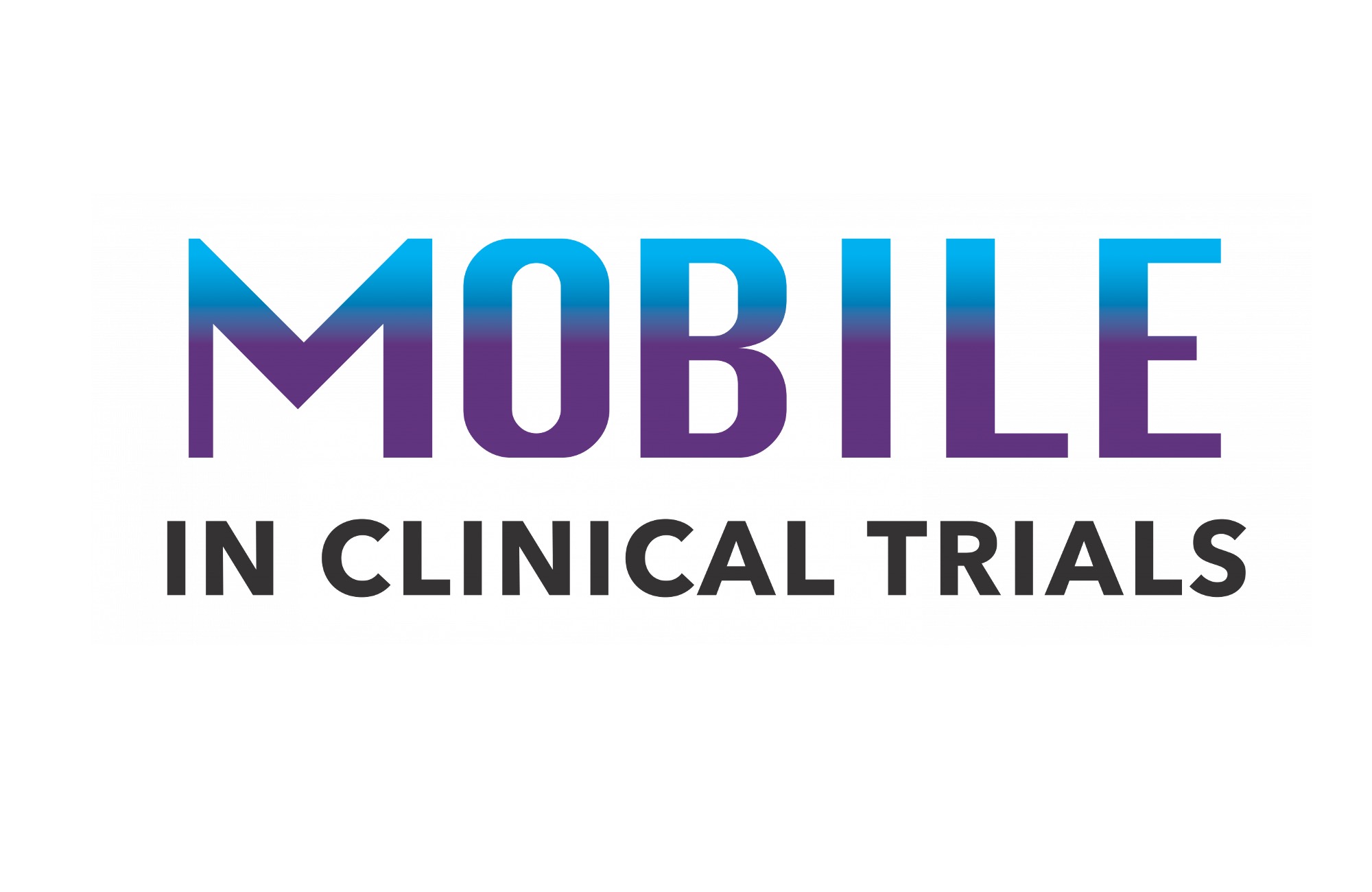Increasing the engagement of study patients can be done in multiple ways: one way to do it is to ask them, at one or several points throughout the study, about their experience of participating in a clinical trial. Undeniably, obtaining direct patient feedback on various aspects of the study provides valuable insights into how they perceive their own study experience. This includes the quality of the support received from site staff or the helpdesk, whether their expectations were met in terms of information about the study or the protocol, and of the time commitment for completing questionnaires or traveling to the site. Asking them about the impact of the study procedures on their day-to-day life is key when it comes to reflecting on future protocols. Overall, these insights not only help improve the design of future studies but also raise our awareness of the patient voice outside of the clinical and PRO data they provide.
Three key reasons for implementing a Participant Feedback Questionnaire:
1. Implementing PFQ brings value to both the study sponsor and patients
For the sponsor: using a PFQ provides a wealth of key information that can not only shed some light on the patient experience of a given clinical trial but can also really help protocol design and operational decision-making for future trials.
Although PFQ data are uploaded to the same system, they are exported to study sponsors in different ways, according to the specifications of the study: PFQ data exports can happen at the sponsor’s own preferred frequency and those exports will be also made available to any other person designated by the clinical team. The blind status of the clinical team prevents the PFQ data analysis from potentially biasing the clinical data analysis: in fact, when it comes to using these data, exported PFQ data are anonymized (i.e. they are not linked to patient numbers) which guarantees confidentiality, and are provided to sponsor teams separately from clinical data. In this way, this robust set of patient experience data can be managed and analyzed in a completely separate manner from clinical data.
The value of the PFQ also lies in the fact that it can be implemented at different points throughout the study without any impact on the flow or timing of the eCOA study. It is quite common for the PFQ to be linked to a protocol visit at the beginning of the study, to another visit in the middle and to another when patients leave the study. With this schedule, the patient’s experience at the beginning of the study —including training, review of materials, and the consent process —can be assessed at the appropriate time, whilst their experience of the study procedures, the tasks reminders or the impact of the study on their daily activities while the study is ongoing is only studied later.
It is also recommended that sponsors maintain a bank of questions to ask via the PFQ, which will facilitate reuse from one study to another, to improve efficiency.
For the patient: the value of raising the importance of the patient’s voice in clinical research is well established. By offering study patients the opportunity to speak up about their experience of the clinical trial’s stages and procedures, the clinical trials industry brings a simple, painless, and efficient way for patients to speak about what works for them and what doesn’t during the study, and their voice can be addressed directly. The fact that the PFQ can be implemented at different points of the study and within the flow of the eCOA questionnaires makes this an easy and appropriate process for study patients, and as it remains voluntary, those who don’t feel they wish to speak about their experience of the clinical trial are not obliged to do so.
2. Implementing a Participant Feedback Questionnaire (PFQ) is simple
Implementing a PFQ is easy, as this is done within the flow of the eCOA build and uses the same technology. Adding a PFQ component to your clinical trials does not add any complexity. As PFQ data are not transferred to the clinical study database and are not part of its analysis, PFQ questionnaires do not require validation and translations do not need to go through the full certification process. As a result, the PFQ translation process is fast and easy and does not put the overall study timelines at risk.
3. Implementing a PFQ is seamless for end users
For the patient: the PFQ will display as a PRO, so will not interrupt the eCOA flow, or cause the patient to wonder or hesitate. As the PFQ will ‘look like’ a PRO, completing it will be seamless for the patient, other than extending the time of the study by a few minutes. For this reason, even though implementing a PFQ provides significant value, the number of questions used should be carefully considered, to avoid lengthening the time needed to complete the questionnaire. Also, having the PFQ be part of the solution on the same device facilitates adoption, as patients will complete their PFQ on the same device as the one they use to fill out the visit questionnaires. Please note that completing the PFQ is voluntary at both the questionnaire and at the question level, which brings another layer of flexibility.
For the site: as PFQ data are managed completely separately from clinical data, site staff cannot see any of the answers and don’t have to concern themselves with the PFQ; the PFQ answers, although uploaded to the system, remain unavailable to site staff. Site staff do need to be aware that this questionnaire is part of the study in order to be able to explain its purpose and answer patient questions, if any. But outside of this, sites will not be required to complete any activity connected to PFQ data, so adding a PFQ to your study will not make any extra work for the clinical sites.
Implementing a PFQ is an easy but strong way of bringing the patients voice to the clinical trial. While seamless to eCOA solution users, it brings value to both study patients and sponsors. Patients often need to know they are heard, and by completing a PFQ, the time they generously spend providing clinical data during what is often a long and heavy clinical study is also used to reflect on their experience and to contribute to improving the clinical trial experience for others.












